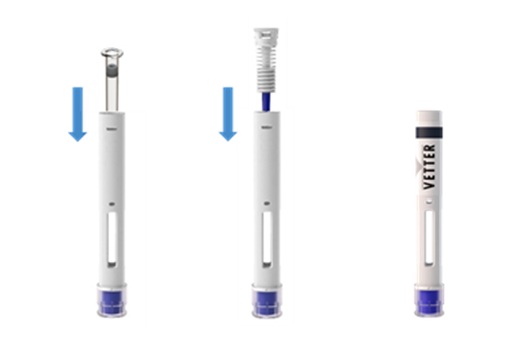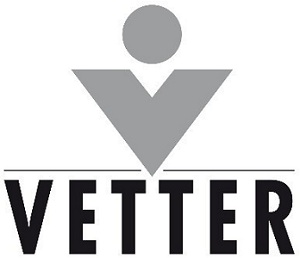When to Start Creating Your Secondary Packaging Strategy
Pharmaceutical and biotechnology companies with a drug product in clinical development are usually focused on a quick commercial launch. Secondary packaging aspects are often less considered. Correlations with secondary packaging (in this context, secondary packaging also includes device assembly and serialization) that are not considered in this phase can have a negative effect on:
- further processability
- options in the product lifecycle management
- cost and time-to-market
Therefore, starting early to discuss the secondary packaging strategy can have a positive long-term impact.
The impact of primary packaging
The best starting point is usually when discussing the primary packaging because it has a strong impact on downstream secondary packaging. Consider, for example, the combining of a syringe with an autoinjector. The format and dimensions of the syringe as well as the barrel flange need to fit to the respective system.
Specific indication and market requirements
Planning for the best possible secondary packaging solution requires a focus on the administration use case.
„Consider for example the handling of ophthalmic syringes utilized in a professional setting. Intra-ocular administration is an action that needs fine motor skills and differs significantly from syringes used for self-administration.“
Ingo Schraut, Product and Service Manager for Secondary Packaging
Differing country/market specifics can demand extra time that needs to be considered. For example, internal artwork approval or technical implementation of local reimbursement numbers. Also, the reimbursement landscape in general can have an impact on your secondary packaging strategy as reimbursements of pharmaceutical products vary from country to country.

Challenges for a dependable supply chain
Batch sizes for secondary packaging expand significantly from clinical to commercial. Expect that the production unit is experienced and flexible enough to handle your needs from small-scale to large-scale production with stringent quality.
On the other hand, a big batch size in filling often melts down into much smaller secondary packaging production orders due to different country and packaging variants. For global supply, you can easily end up with 50 to 100 stock keeping units (SKUs) that need to be reliably handled.
Market differentiation
Secondary Packaging gives you the chance to differentiate your product against competition. When solving user specific needs, e.g. for home-use or easy to open packaging, your product’s marketing opportunities increase. Enhanced functionality and higher convenience often support a product’s safety. Even adherence can be positively affected when administration is more convenient, less painful or simply done quicker.
Future Trends
Authority’s demands for pharmaceutical products are continuously increasing. Depending on the region, pay for performance is becoming more popular, especially for expensive treatments. Digital enabled technologies like smart labels and connected devices can support pay for performance and adherence.
Ever since the matter of sustainability became a megatrend, it is gaining traction within the pharmaceutical industry. This is reflected in the CSR (Corporate Social Responsibility) strategy of big pharma companies. Thus, the market demand for sustainable secondary packaging, e.g. all-paper packaging, is likely to rise in the future.
In conclusion
Starting early to discuss secondary packaging aspects can help improve your time-to-market and flexibility for the further product life cycle management. A holistic view supports your goal for the best possible interaction between primary packaging, secondary packaging and production. With outsourced products, your partner should be able to offer this from a single source.



















